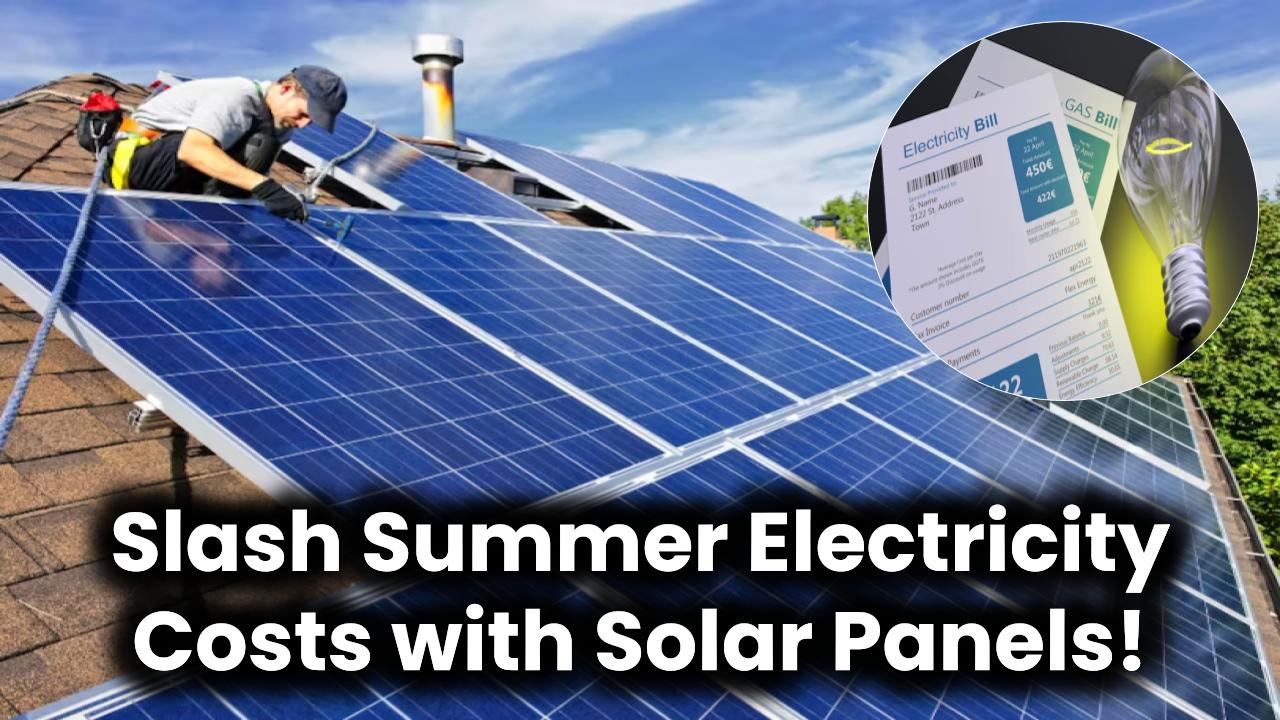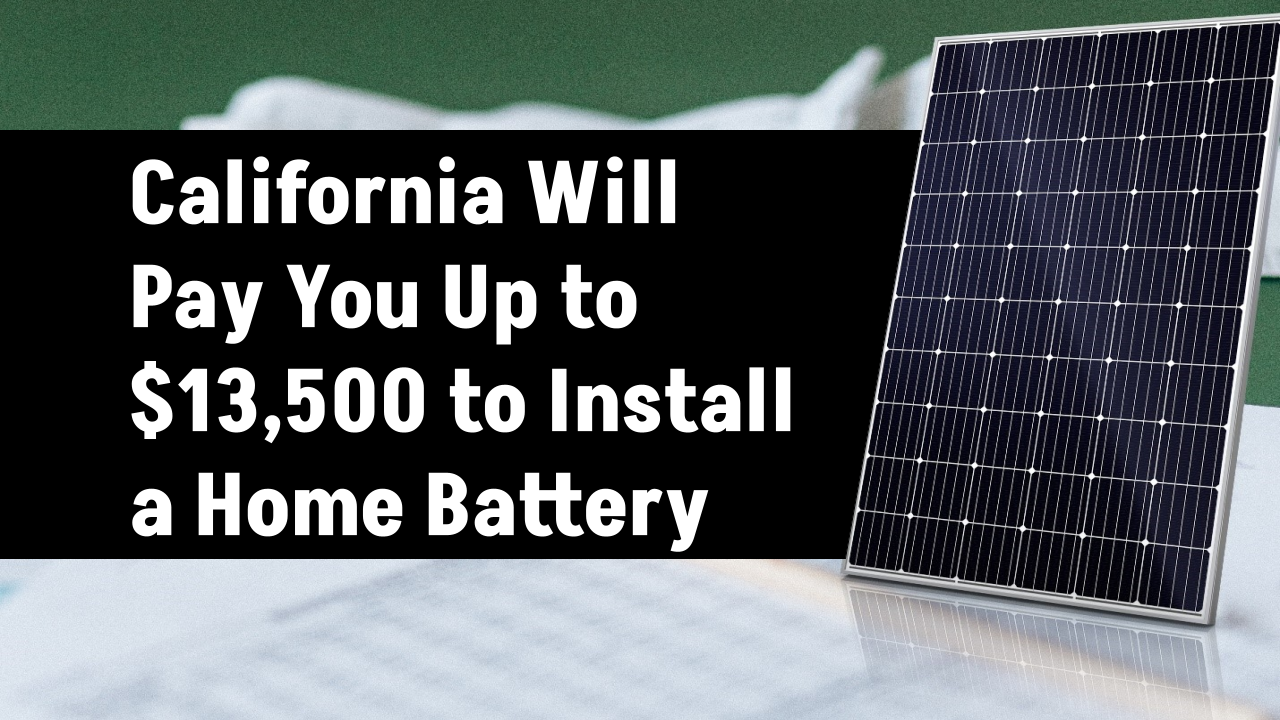
In today’s world of rising energy prices, finding ways to save on electricity has become a major priority for many families and businesses. Slash Your Power Bills! Here’s How Solar Panels Can Make It Happen explores how tapping into solar energy not only helps the environment but also significantly reduces your monthly utility expenses. We’ll explain everything in a simple yet professional tone so it’s easy to understand and practical enough to apply.
Also Check: The Shocking Truth About Solar Energy – Are We Really Benefiting?
Why Solar Panels Are a Smart Financial Move
Solar panels capture energy from the sun and convert it into electricity for your home or business. Unlike fossil fuels, sunlight is free and abundant. By using solar energy, you reduce the amount of electricity you need to buy from the utility company. This means smaller bills and bigger savings.
In fact, according to the U.S. Department of Energy, most homeowners can save between $10,000 and $30,000 over the lifetime of their solar system.
How Solar Panels Slash Your Power Bills
1. Self-Generating Your Electricity
Solar panels installed on your roof or property generate electricity from sunlight. During the day, they often produce more energy than you consume. This excess power either charges a battery system for later use or is sent back to the grid.
2. Net Metering Programs
Many states and countries offer “net metering” programs. With net metering, your utility credits you for any excess power your solar panels supply to the grid. These credits offset the electricity you draw from the grid at night or on cloudy days.
For example, California’s Net Energy Metering Program (NEM) allows homeowners to slash their bills by up to 75%.
3. Protection Against Rising Electricity Prices
Electricity prices have risen by about 15% over the past decade (U.S. Bureau of Labor Statistics). By installing solar panels, you shield yourself from future price hikes and lock in lower energy costs.
4. Incentives and Tax Benefits
In the United States, the Federal Solar Investment Tax Credit (ITC) lets you deduct 30% of your solar installation costs from your federal taxes. Many states also offer rebates, grants, and low-interest loans to make solar more affordable.
Use this Database of State Incentives for Renewables & Efficiency (DSIRE) to find incentives available in your area.
5. Environmental Impact and Energy Independence
Switching to solar not only saves you money but also reduces your carbon footprint. An average residential solar system offsets about 3-4 tons of carbon emissions annually — the equivalent of planting over 100 trees every year. Additionally, generating your own power increases your energy independence, making you less vulnerable to grid outages and price spikes.
Also Check: Thinking About Solar Panels? These 10 Must-Know Facts Could Save You Thousands!
Step-by-Step Guide to Installing Solar Panels
Step 1: Analyze Your Electricity Usage
Look at your monthly utility bills to understand how much energy you use.
Step 2: Evaluate Your Property
Ensure your roof or land receives plenty of sunlight throughout the day. Tools like Google’s Project Sunroof can help estimate your solar potential.
Step 3: Get Multiple Quotes
Consult at least three reputable solar installers. Compare their quotes, warranties, and experience.
Step 4: Apply for Incentives and Financing
Work with your installer to apply for federal tax credits, local rebates, and financing options.
Step 5: Schedule the Installation
Once everything is approved, your installer will set up your solar system. Installation typically takes 1-3 days.
Step 6: Connect to the Grid and Start Saving
After a final inspection, you’ll be connected to the grid, and you can start generating and saving energy immediately!
Step 7: Monitor Your System
Use a monitoring app to track your solar production and savings in real-time. This ensures your system is operating efficiently and helps you maximize your savings.
Real-World Examples of Solar Savings
- Arizona: A family in Phoenix installed a 6 kW solar system and cut their annual electricity bill from $2,400 to about $300 — an 87% reduction!
- New York: A small business installed a 10 kW system and now saves around $2,500 every year, reaching their break-even point in just 6 years.
- Texas: A homeowner took advantage of local incentives and paid only $8,000 out-of-pocket for their system, saving $1,200 annually.
- Florida: An eco-conscious homeowner installed a 7 kW system, combined with a Tesla Powerwall, achieving almost total independence from the grid and saving around $1,800 per year.
Emerging Trends in Solar Energy
Solar Roofing
Innovations like Tesla’s Solar Roof integrate solar cells directly into shingles, making solar installations more aesthetically pleasing.
Community Solar Programs
If installing panels isn’t an option for you, community solar allows multiple households to benefit from a shared solar installation.
Battery Storage Advances
Newer batteries are becoming more affordable and efficient, allowing homes to store excess energy for use during blackouts or peak rates.
(FAQs)
Q1. How long do solar panels last?
Most solar panels last between 25-30 years, though many continue producing electricity at reduced efficiency beyond that.
Q2. Will solar panels work on cloudy days?
Yes! Solar panels can still generate power on cloudy days, but output drops by about 10-25%.
Q3. What maintenance is required?
Solar panels require very little maintenance. Cleaning them 1-2 times a year and ensuring they are free from debris is usually enough.
Q4: Can I go completely off-grid with solar?
Yes, but it requires a solar battery system, which can add $10,000-$20,000 to your project costs.
Also Check: Tesla Powerwall 3 Launches in Sydney – Is This the Ultimate Game-Changer for Your Energy Bills?








